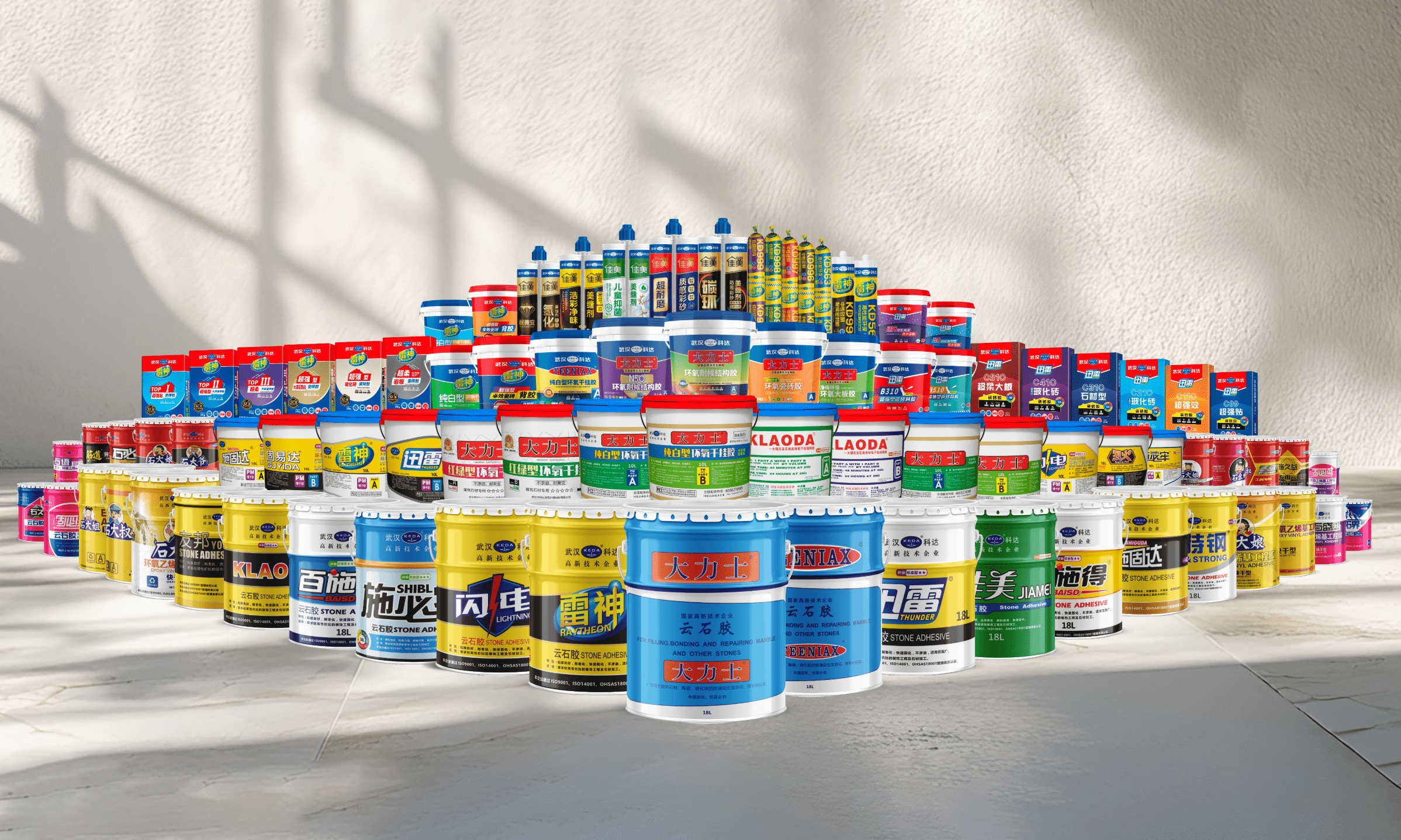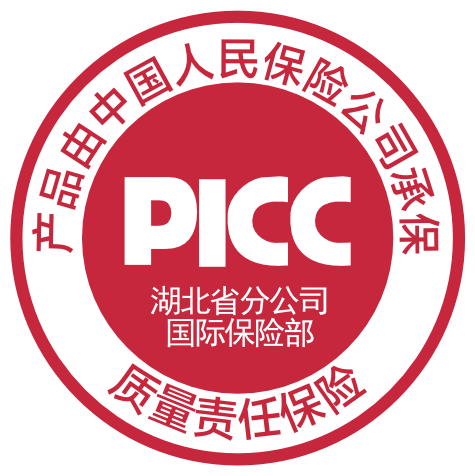

Xunlei KD511 Silicone Weatherproof Sealant (soft branch)
-
Main features
-
- Good elastic elongation and strength
- Excellent high and low temperature resistance
- good adhesion
-
Product Certification
-
-
-
Color
- White
- Black
- Other Custom Colors
-
Product Specifications
-
- 500ml
- 590ml
-
Executive standards
-
- National Standard: GB/T 14683-2017 "silicone and modified silicone building sealant"
- National Standard: GB 33372-2020 "adhesive volatile organic compounds limit"
Product overview
Xunlei KD511 silicone sealant is a neutral room temperature curing one-component silicone sealant with high modulus and high displacement capacity. It is specially designed for weather-resistant caulking sealing of various high-rise glass curtain walls. With excellent weather resistance, the product has been tested by various artificial accelerated aging tests, and its physical and chemical properties have no obvious changes, with good performance retention.
Product characteristics
|
Characteristic one
|
One-component, neutral room temperature cure
|
Characteristic II
|
Good elasticity, elongation and strength
|
|
Characteristic three
|
Excellent weather resistance and high and low temperature resistance
|
Characteristic four
|
Good adhesion to most building materials
|
Scope of application
Used for all kinds of high-rise glass curtain wall weather sealing
Used for metal aluminum plate, ceramic curtain wall and other weather sealing
For daylighting roof building joint sealing
Other various uses of
Construction operation
Make sure the profile surface is clean and pollution-free before.
Use a glue gun to squeeze from the glue cylinder to the gluing area.
After applying the adhesive, it needs to be trimmed before the skin forms.
The estimation of construction consumption is as follows: Note that the actual consumption will be different according to the material interface design, the installation position of the lining material, artificial finishing technology, etc., and the actual results have certain errors with the theoretical values.
Each branch KD511(590ml) silicone sealant construction length (m)
|
Thickness/mm |
Width/mm |
||||||
|
6 |
9 |
10 |
12 |
15 |
20 |
25 |
|
|
6 |
16.2 |
12.3 |
9.8 |
8.2 |
6.5 |
4.9 |
3.9 |
|
8 |
12.3 |
9.2 |
7.4 |
6.4 |
4.9 |
3.7 |
2.9 |
|
10 |
9.8 |
6.5 |
5.9 |
4.9 |
3.9 |
2.9 |
2.4 |
|
12 |
8.2 |
5.5 |
4.9 |
4.1 |
3.3 |
2.4 |
2.0 |
Precautions
Cannot be used as structural adhesive
Not suitable for exuding grease, plasticizer and other materials
Not suitable for dense and unventilated places
Not suitable for use on surfaces that come into direct contact with food
Not suitable for continuous water immersion or long-term wet places
The surface temperature of the material is lower4 ℃ or more than 50 ℃, not suitable for construction
Transportation and storage
-
Storage conditionsThe product should be stored in a cool and ventilated place, no exposure, rain, recommended storage temperature 4-27 ℃
-
Transportation requirementsTransport according to non-dangerous goods, should prevent rain, exposure, cold, avoid extrusion, collision, keep the package intact
-
Warranty PeriodProduct shelf life is 12 months from date of manufacture
FAQ
-
Q
Bubbling of the glue joint
-
A
1. The base material is damp or there is rainwater in the adhesive joint;
2. The foam rods have a low density or are scratched, causing gas to escape.
3. The adhesive is applied too thin (less than 3mm) or there is a large temperature difference (high temperature in summer/low temperature in winter).
Solution: 1. Ensure the base material is dry and clean, and use closed-cell foam rods;
2. Avoid construction at noon in summer and choose the noon period (11:00-15:00) in winter.
3. It is recommended that the thickness of the glue joint be ≥6mm, and the ratio of width to depth be 1:2.
-
Q
The colloid cures too slowly
-
A
Low temperature (less than 5℃), low humidity (less than 40%) or poor ventilation.
Solution Improve the temperature and humidity of the construction environment (such as building a greenhouse).
-
Q
The colloid is cracked or poorly bonded
-
A
1. The base material is not cleaned (oil stains, dust) or compatibility tests have not been conducted;
2. The displacement of the joint exceeds the limit (for example, the designed joint is 20mm, but in reality it is only 5mm);
3. Low-temperature construction causes the colloid to be stretched by external force before it is fully cured.
Solution: 1. Clean the substrate and apply a primer to enhance adhesion;
2. Ensure that the size of the glue joint meets the design requirements and select glue with high displacement capacity.
-
Q
Colloidal surface particles or crusts
-
A
1. Improper storage of the colloid (curing upon contact with air);
2. After applying the adhesive, the surface was not adjusted in time, and the second operation was carried out after the surface dried.
Solution: 1. The colloid should be sealed and stored after opening.
2. The amount of glue mixed at one time should be used up within 20 minutes.
-
Q
Colloid discoloration (turning yellow, turning pink
-
A
1. Neutral transparent adhesive: Yellowing caused by amine crosslinking agents, or mixed with acidic adhesives;
2. Porcelain white adhesive: The titanium-chromium compound raw material temporarily turns red when exposed to high temperatures and returns to its original color after cooling.
Solution: 1. Avoid mixing adhesives of different systems and choose amine-free adhesives (such as ketoxime type).
2. The construction thickness should be no less than 3mm to minimize direct exposure to ultraviolet rays.
-
Q
The adhesive tape shrinks or wrinkles
-
A
1. Low-grade adhesives have more fillers, and the shrinkage rate after evaporation can reach 30%.
2. When applying adhesive to the vertical joints, the adhesive sagged and was not adjusted in time.
Solution Select Keda silicone sealant (with a shrinkage rate of less than 5%), and trim the edges from bottom to top when applying the sealant.
-
Q
Corrode the substrate (such as aluminium, mirrors
-
A
Acidic glue releases acetic acid, which can corrode copper, coated metals or the coating on the back of mirrors.
Solution Neutral adhesive is used for metal substrates, and alcohol-based neutral adhesive is selected for mirrors.
-
Q
The insulating glass fogs up (" tears"
-
A
Silicone sealant containing solvents penetrates butyl sealant, causing it to soften and flow.
Solution Use solvent-free silicone sealant to ensure that the butyl sealant completely seals the corners.
-
Q
Colloidal crystals or granules
-
A
Low-temperature storage leads to the precipitation of crosslinking agents (such as salt granular particles).
Solution Warm to room temperature before use, and the particles will dissolve automatically.
Preventive measures: 1. Substrate treatment: Conduct compatibility tests after cleaning. For metal substrates, avoid acidic adhesives.
2. Environmental control: Construction temperature: 5-40℃, humidity: 40-80%. Avoid rainy and snowy days.
3. Process Specifications: Before injecting the two-component adhesive, conduct the "butterfly test" and the "breaking test". 2) The trimming time should be controlled before surface drying (about 30 minutes for a single component). By standardizing material selection, strict construction and reasonable maintenance, the problems of silicone sealant can be significantly reduced. If the problem has occurred, local repairs or rework should be carried out based on the specific cause, and priority should be given to checking the compatibility of the substrate and environmental factors.
Related Products



WeChat Channels


TikTok

















